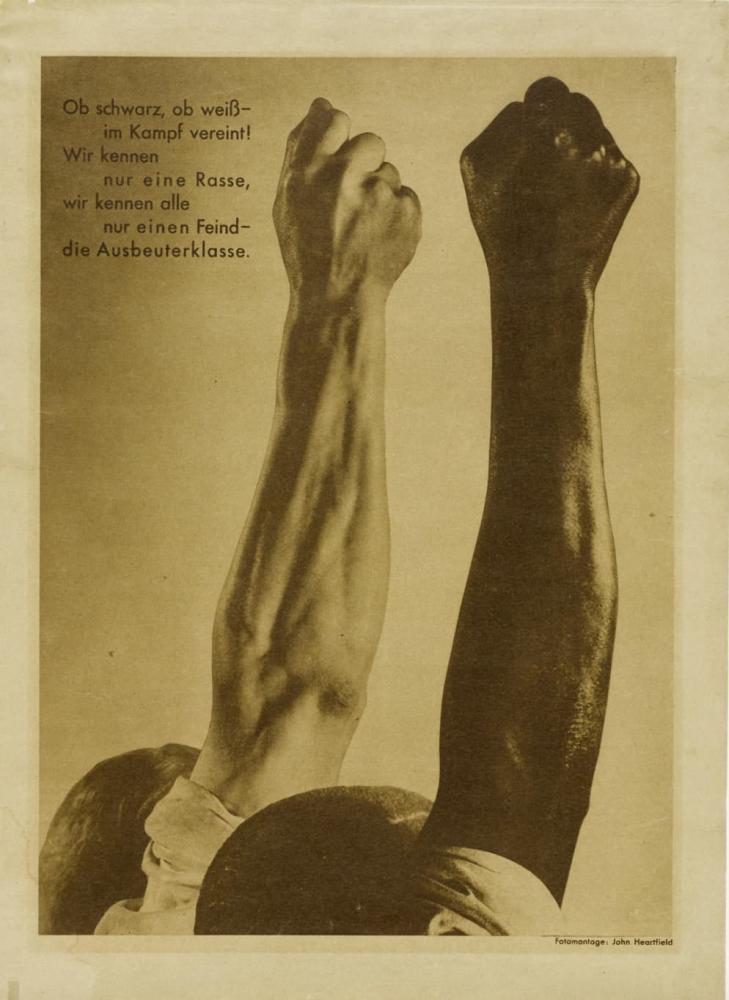Student Spotlight Dana Szczecina
PhD student Dana Szczecina's area of focus in art history is modern and contemporary art and film, with a particular focus on German photomontage in the 20th century. Her dissertation project is on John Heartfield's work in the GDR from 1950 until his death in 1968. Szecina received the Getty Library Grant for a trip in May to the Getty Library, where she'll be looking at some of Wieland Herzfelde's—Heartfield's brother, biographer, and close collaborator, personal papers and letters in the Getty's special collections.
Szczecina's paper is titled "Heartfield's Red Century: Remediation in the GDR" and is centered around a photomontage Heartfield originally published in 1931 to address race and class struggle that he then republished in Berliner Zeitung, an East Berlin daily newspaper, in 1961 to commemorate the assassination of Patrice Lumumba. The paper will consider the ways that artists can revisit and re-contextualize their own work under very different political and cultural circumstances. It will hopefully fit into a larger section/chapter of her dissertation about the remediation of Heartfield's antifascist, anti-Nazi work produced before and during WWII in the post-War GDR.
Szczecina also recently received the Cuttler Graduate Student Travel Grant directly from MAHS for $500 to be able to travel to the conference in April, where she will be a part of the conference's Photography panel.
In a 1931 issue of the Arbeiter-Illustrierte-Zeitung, John Heartfield published Ob schwarz, ob weiss—im Kampf vereint! This photomontage was Heartfield’s contribution to a twenty-page special edition of the Communist illustrated journal on race and class solidarity. The image, which spanned a full page of the journal, depicts two upraised, muscular arms, fists thrust high in the air, one black and one white. In the upper-left hand corner, the photomontage asserts “whether black or white, in struggle united! We know only one race, we know only one enemy—the exploiting class.”
In February 1961, thirty years after it first appeared in the AIZ, Heartfield and his brother, Wieland Herzfelde, republished this image in the East Berlin daily newspaper, Berliner Zeitung, in memorial of the assassination of Patrice Lumumba—noticeably devoid of any reference to class. Using this image as a starting point, this paper will analyze the ways an artist can remediate and re-contextualize their own work for vastly different historical contexts. Further, this paper will explore the relationship between artist and audience in constructing meaning through images as sites of public discourse and tools for community building.
